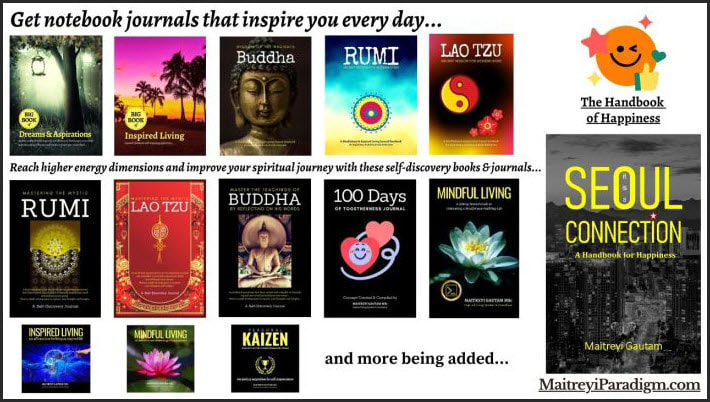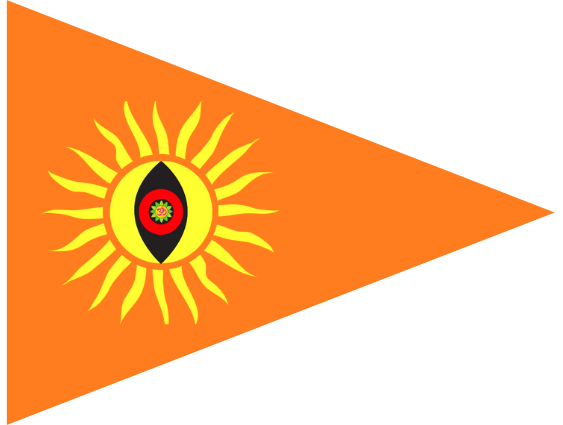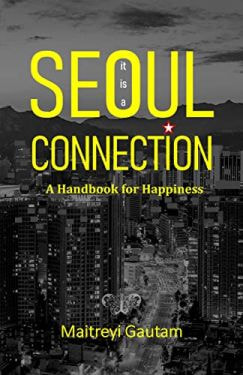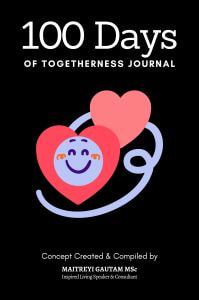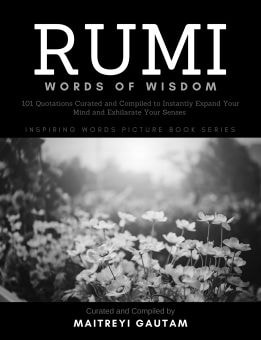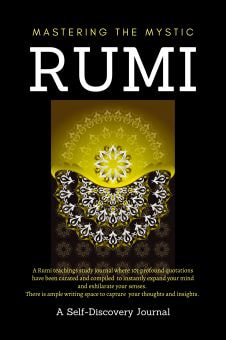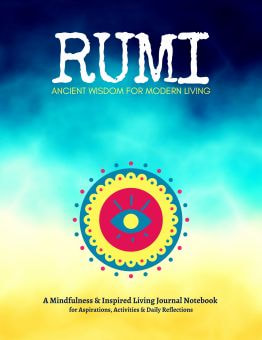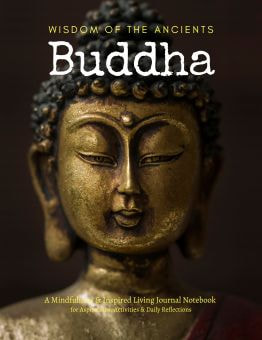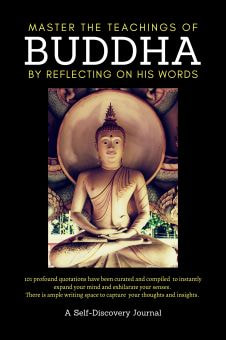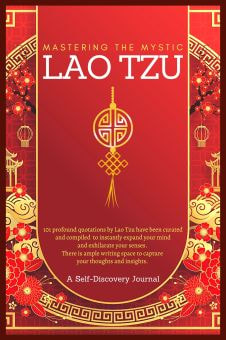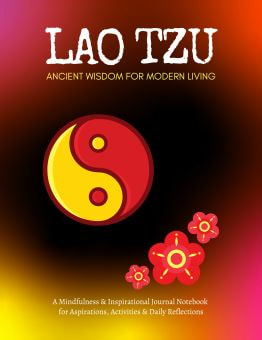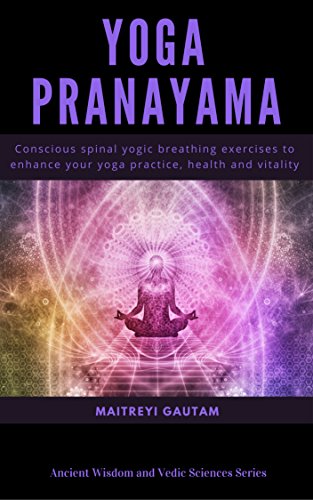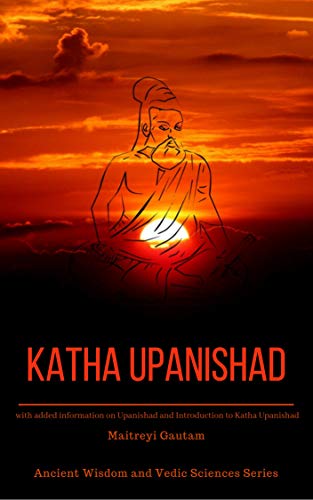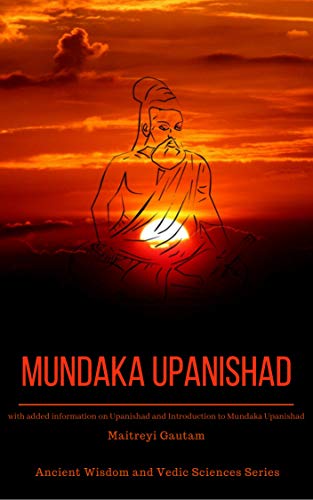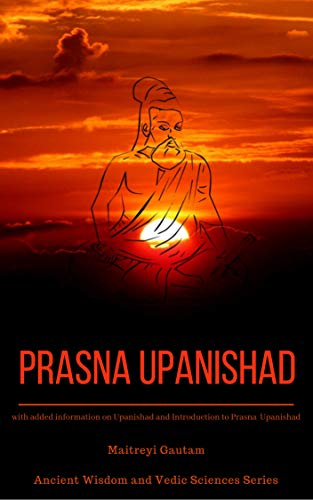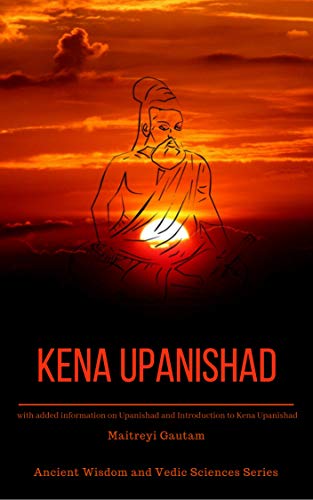The Kamakhya Tantra, like many Tantric texts, is a complex scripture that deals with various aspects of worship, rituals, and spiritual practices centered on the Goddess. The text is known for its esoteric and mystical teachings, which include detailed instructions on Tantra rituals, worship methods, and meditation techniques aimed at attaining spiritual power, enlightenment, and liberation.
One of the key focuses of the Kamakhya Tantra is the worship of the Yoni, symbolizing the female genitalia, which is considered a powerful symbol of creation, fertility, and the source of all existence. The text venerates the Yoni as a representation of Goddess Kamakhya herself, emphasizing the sanctity and spiritual significance of the feminine principle.
The Kamakhya Tantra is also known for its teachings on Kundalini yoga, a form of yogic practice that involves the awakening of the Kundalini energy. This Kundalini energy is believed to reside at the base of the spine.
The awakening of this energy and its ascent through the chakras (energy centers in the body) is a central theme in the Kamakhya Tantra. It is viewed as a path to achieving spiritual enlightenment and union with the divine.
The Kamakhya Tantra text also delves into philosophical discussions on the nature of reality, the cosmos, and the interplay of the divine masculine and feminine energies. It presents a worldview in which the material and spiritual realms are intricately connected. The Kamakhya Tantra emphasizes the attainment of divine knowledge and liberation through Tantric practices.
The Kamakhya Tantra is not just a religious scripture but also a spiritual guide that advocates a holistic approach to life and spirituality. It reflects the rich and diverse traditions of Tantra in Sanatan Vedic Hinduism, particularly the worship of the Divine Feminine in her various forms. Due to its esoteric nature, it is best to study the teachings of the Kamakhya Tantra under the guidance of a knowledgeable guru in the Shakti Tantric tradition.

